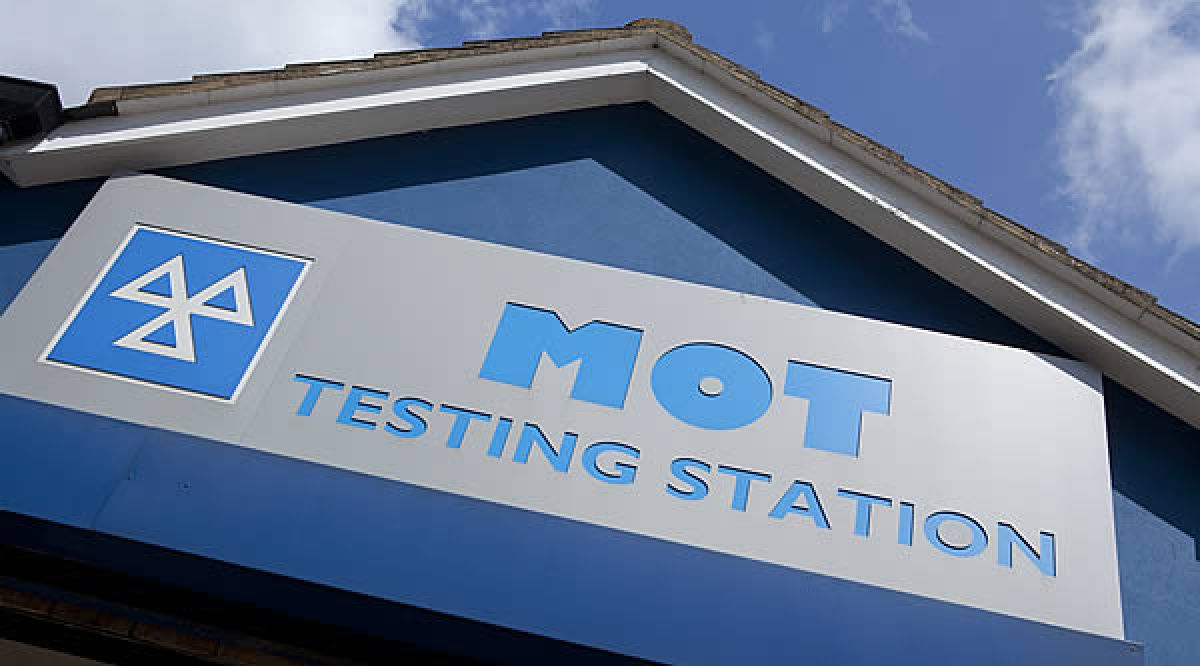In 2015 the Chancellor of the Exchequer suggested that the MOT on new vehicles could be extended to 4 years.
It went out to consultation and the decision was to leave it at 3 years to protect road safety.
* Most of those responding to the consultation were against the proposals on safety grounds, arguing that the savings to motorists were outweighed by the risk to road users and the test often highlights upcoming issues affecting the vehicle. A public survey for DfT by Populus also showed fewer than half of people were in favour of the change.
Roads Minister Jesse Norman said:
We have some of the safest roads in the world, and are always looking at ways of making them safer.
Although modern cars are better built and safer than when the MOT test was last changed 50 years ago, there has been a clear public concern that any further changes don’t put people’s lives at risk.
We are looking at further research to ensure the MOT test evolves with the demands of modern motoring.
By law, all vehicles must be roadworthy, regardless of whether they have passed an MOT, and the content of the tests will not be changed.
The test was introduced in 1960, requiring vehicles to undergo a first check after 10 years. It was changed in 1967 to 3 years.
In 2016 (the most recent figures available), more than 2.4 million cars had their first MOT test, which costs owners a maximum of £54.85. The pass rate was about 85% and the most common reasons for failure include lighting, tyres and braking faults.
Changing the time period until the first test would have saved motorists more than £100 million a year.
*information sourced from .gov website















